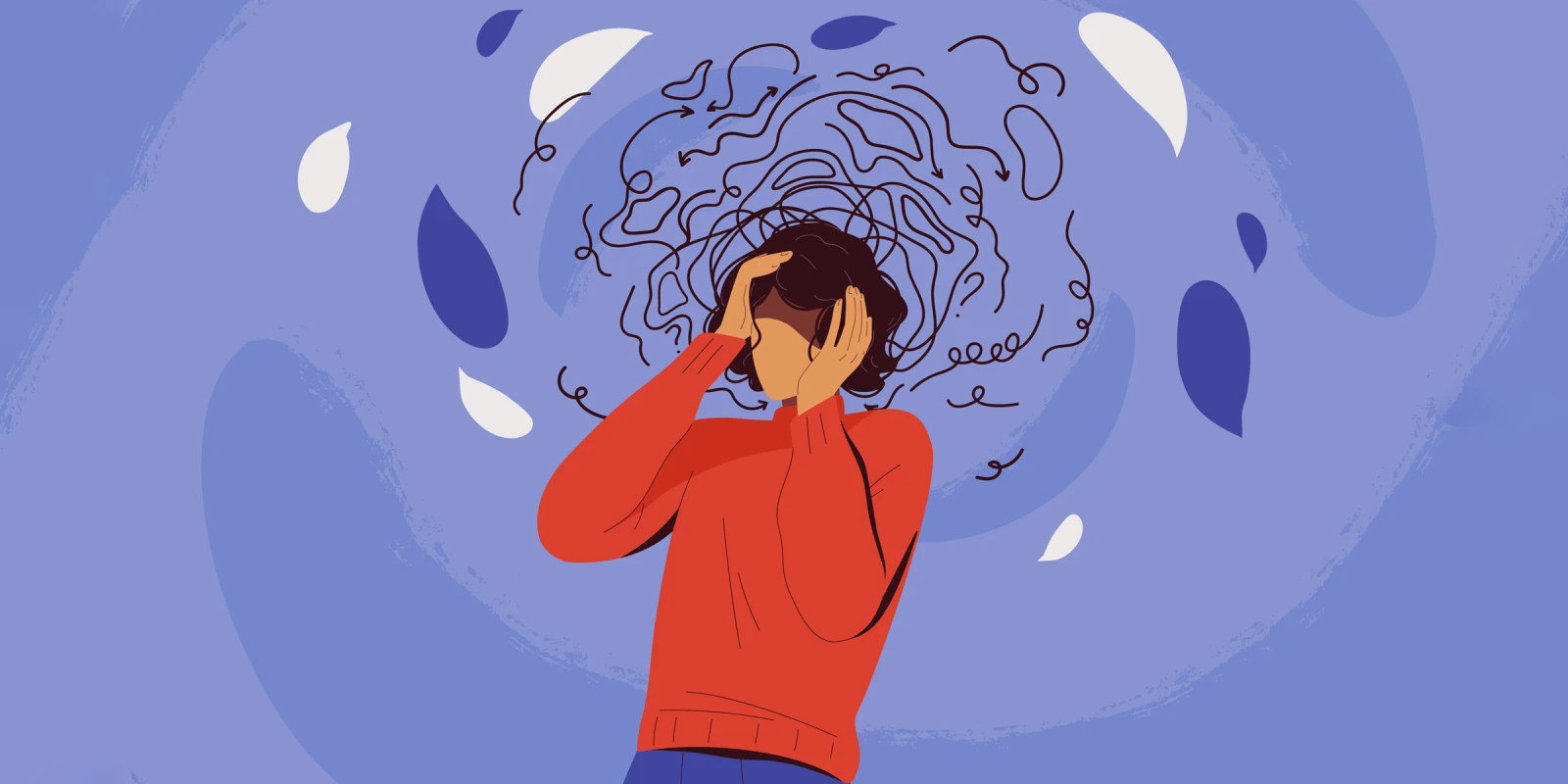Recently, we marked another COVID anniversary. Now in retrospect, we can reflect back on the vivid images of playgrounds closed off by caution tape, lines of masked shoppers snaking around the block to go into the grocery store, social gatherings canceled … and most notably for kids, the sudden about-face to online learning. At the very beginning of this capricious time, I remember silently worrying that the teenagers would be among those who suffered the most. I questioned how the high schoolers seen in my clinic, who were barely hanging on academically, would make it to graduation without the support of a school community; I feared for the kids living in challenging or toxic environments who would lose exposure to counteracting influences; and I lamented the kids who would be missing out on a critical stage in their social development, right before they were supposed to enter “the real world.”
Now that we are past the three-year anniversary, many of us can say that life has more or less returned to normal, with familiar routines and interactions resuming. However, my initial uneasiness about the then teenagers, who were in high school three years ago, hasn’t been assuaged. Returning to “normal” seems to be somewhat of a mirage to many of them, and my worry for these now young adults continues to echo, as they trickle into my clinic looking for answers.
Amy comes to the clinic weekly to follow up for chronic headaches. Each week as I enter the exam room, she offers a forced half-smile, and a scripted answer to the question “How are you?” At best she responds with “OK” but more reliably it’s “Not all that good.” Despite a fairly extensive workup, consultations with specialists, and referrals to psychology, the etiology of her headaches remains vague. Additionally, each week a new physical complaint is added to the list: stomach pains, arm paralysis, dizziness, shortness of breath. Oftentimes, she’ll look at me directly and ask, “Do you know what is going on?” I wish I had a definitive answer to offer. Throughout our multiple interactions, she shares more and more about the world she lives in when she leaves the clinic, which mainly consists of the four walls of her bedroom. With her entire family in turmoil, she spends more and more of her time within the small, protected hideaway. She demonstrates minimal motivation to venture beyond that. She does not want to take college classes unless they’re online, apply for a job that requires her to leave, or interact with others beyond the safety of a screen. The world outside, as she has been warned, is a place that can be very threatening, and she has very little faith that she won’t be gobbled up out there. And so, she sits alone day after day.
I hear this story repeated over and over from other kids of the same age group. The majority of them are still at home, still not working, still mainly online, and consequently battling compounding depression, anxiety, and paranoia. As for the teens who were struggling academically before the pandemic, when virtual classes became the only option, a large handful of them ended up withdrawing from school completely. Now they lack any degree or marketable training. When I ask why they quit, I get answers ranging from “I didn’t have access to the internet” to “There were five siblings trying to share one computer.” Sadly, the most resounding explanation I get is, “I just didn’t care.”
The question for us as clinicians becomes What can we do now? How do we facilitate bringing these kids back into the world as active participants? We can’t simply expect them to jump back in, for they missed a critical stage of their social and emotional development during isolation. I suspect that we may need to take a step back and consider the approach we take for our younger patients, infants, and toddlers, when they are delayed in an area of development. For our younger patients, we screen, we intervene, and we offer special support services. Using this approach then, we should be directly asking our teens what their plan is for after high school and how it will be put into action. How do they plan to wade into higher education, job training, finding housing, applying for jobs, managing finances? Additionally, we need to assess the gaps that exist: What are your fears, what don’t you understand, who do you need to help you? Finally, we need to intervene with targeted training, or as one colleague put it: “adulting classes.” In Amy’s case, the answers to all these questions are profoundly overwhelming and will require a targeted stair-step approach. It’s going to take time, consistency, and multiple disciplines to reassure her that she can learn what is necessary to participate in a world that is no longer too dangerous to be a part of. Ultimately, we owe these “kids” a roadmap and a plan for re-entry when they’re feeling ill-prepared. We have a post-COVID obligation to help foster the development they missed out on that is imperative for living in a world after isolation.
How do you help teens and adolescents who are falling behind from COVID?
Kyra is a pediatric NP who trained in Denver, CO and now works in a neighborhood community clinic in the Bay Area. She loves having the opportunity to interact with families and their community as a whole. In her free time, Kyra enjoys spending time with her two kids doing anything that requires being outside in nature. Kyra was a 2021–2022 Doximity Op-Med Fellow and continues as a 2022–2023 Doximity Op-Med Fellow.
All names and identifying information have been modified to protect patient privacy.
Image by GoodStudio / Shutterstock







